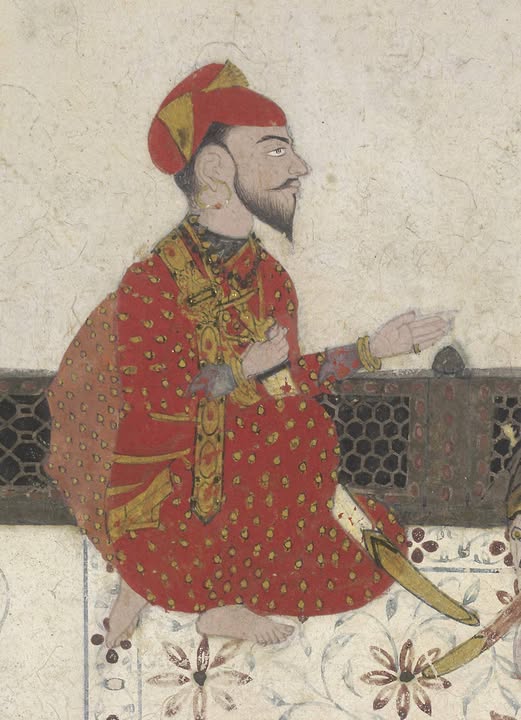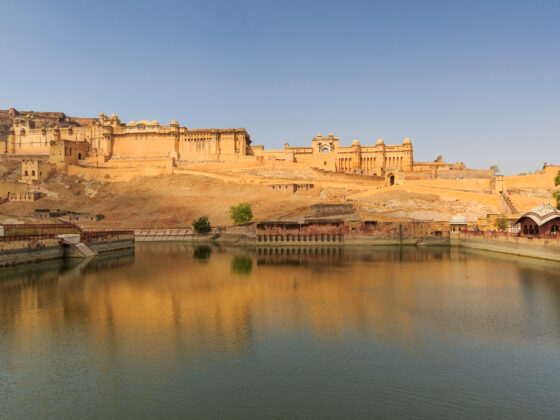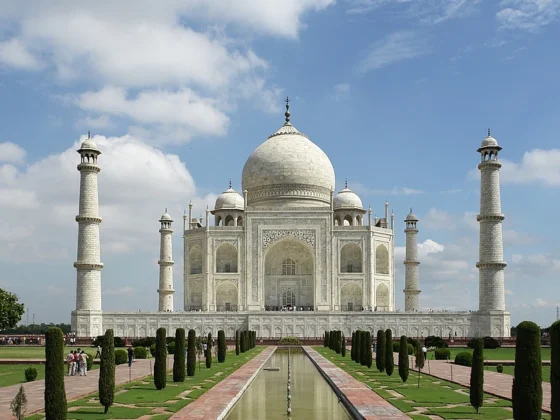
Sher-e-Punjab Maharaja Ranjit Singh: The Legendary Lion of Punjab
Maharaja Ranjit Singh, fondly known as Sher-e-Punjab (Lion of Punjab), was one of India’s greatest rulers. His reign (1799–1839) marked a golden era in Punjab, where he unified diverse territories, strengthened his military, and promoted a secular and prosperous administration. His contributions continue to inspire generations, making him an iconic historical figure.
Early Life and Rise to Power
Born on November 13, 1780, in Gujranwala (now in Pakistan), Ranjit Singh belonged to the Sukerchakia Misl, one of the many Sikh confederacies. After his father’s death, he took control at the young age of 12. By 1799, he had captured Lahore, laying the foundation of the Sikh Empire.
Formation of the Sikh Empire
Maharaja Ranjit Singh transformed Punjab into a powerful empire. His leadership skills and strategic warfare techniques allowed him to expand his kingdom, incorporating Amritsar, Multan, Kashmir, and Peshawar into his empire. Unlike other rulers of his time, he abolished feudal divisions and created a centralized administration.
Military and Administrative Excellence
Ranjit Singh built a strong, modern army with the help of European officers. His military reforms were ahead of their time, blending traditional Sikh warrior ethos with Western military tactics. Notably, he never allowed the British East India Company to gain control over his empire, keeping Punjab independent.
His administration was secular and inclusive, promoting Hindus, Muslims, and Sikhs in key positions. The Golden Temple (Harmandir Sahib) in Amritsar was beautified with gold plating under his patronage, further enriching Sikh heritage.
Contributions to Punjab and Legacy
Under Maharaja Ranjit Singh, Punjab witnessed unprecedented peace and prosperity. He encouraged trade, improved infrastructure, and established a fair taxation system. His rule was marked by religious tolerance, justice, and a strong defense system.
He passed away on June 27, 1839, leaving behind a legacy that remains unparalleled. Today, his contributions are celebrated across India and Pakistan, with statues and memorials commemorating his rule.
Conclusion
Maharaja Ranjit Singh’s impact on history is undeniable. His vision, leadership, and dedication to Punjab’s welfare earned him the title Sher-e-Punjab. He was not just a king but a unifier, a strategist, and a champion of Sikh heritage. His legacy continues to inspire those who seek courage, unity, and wisdom.








